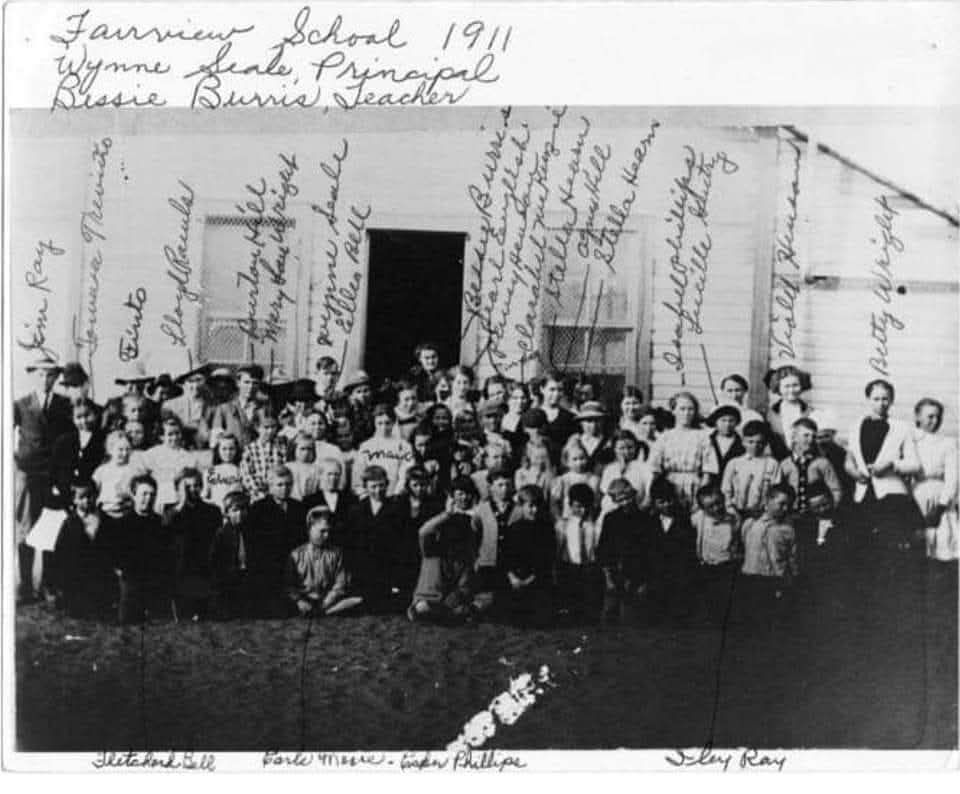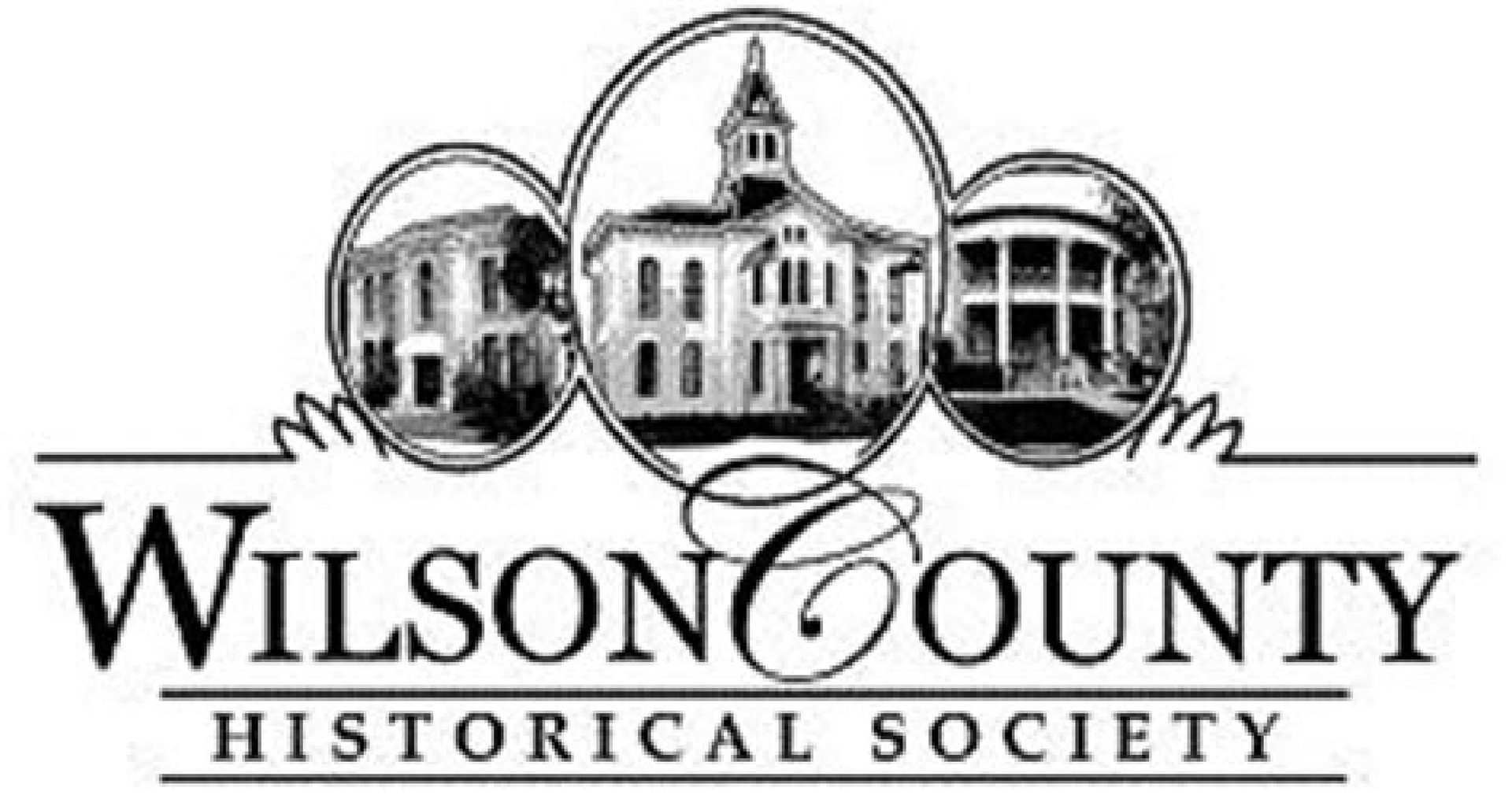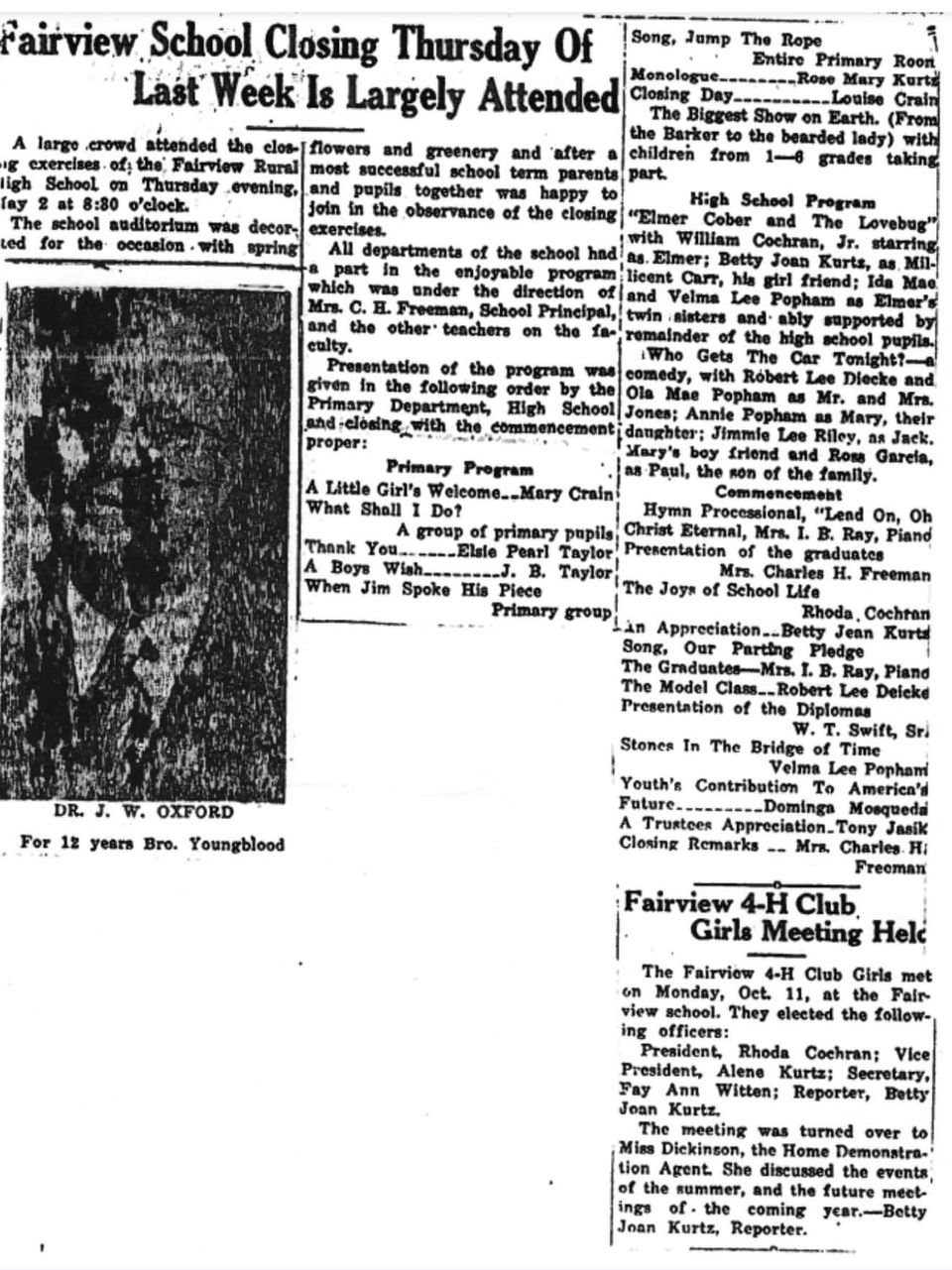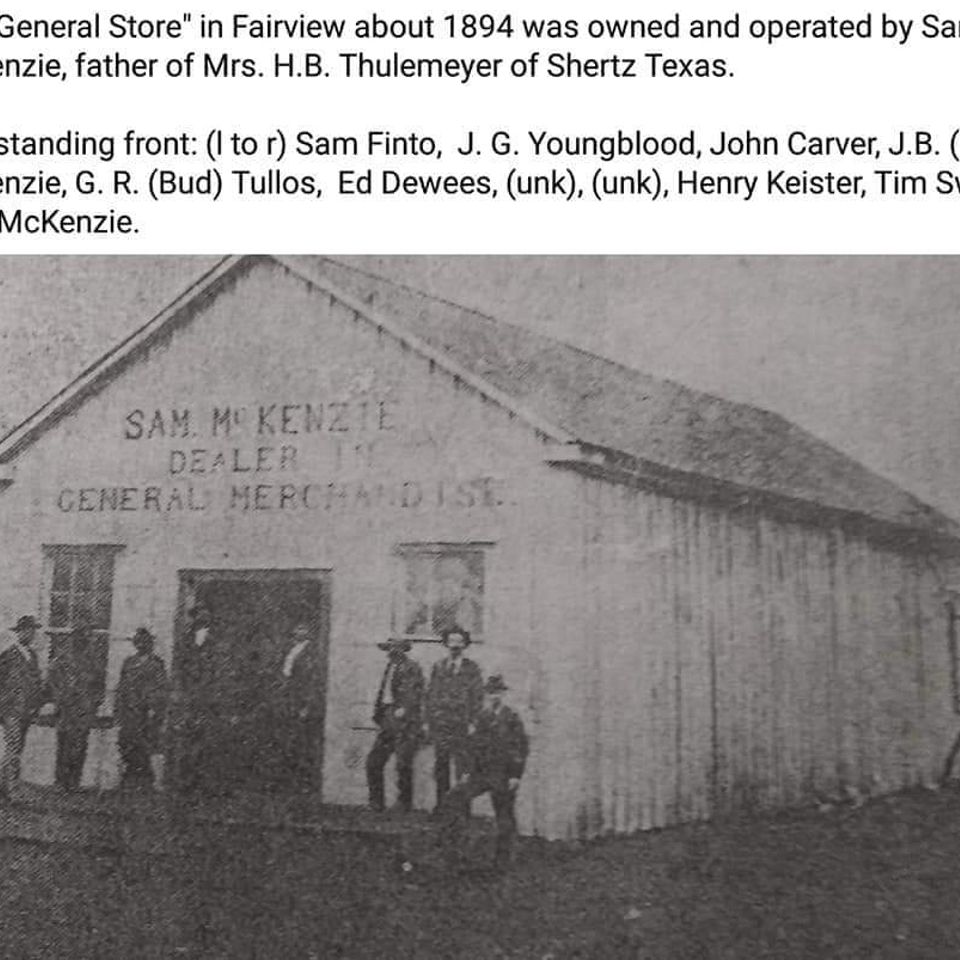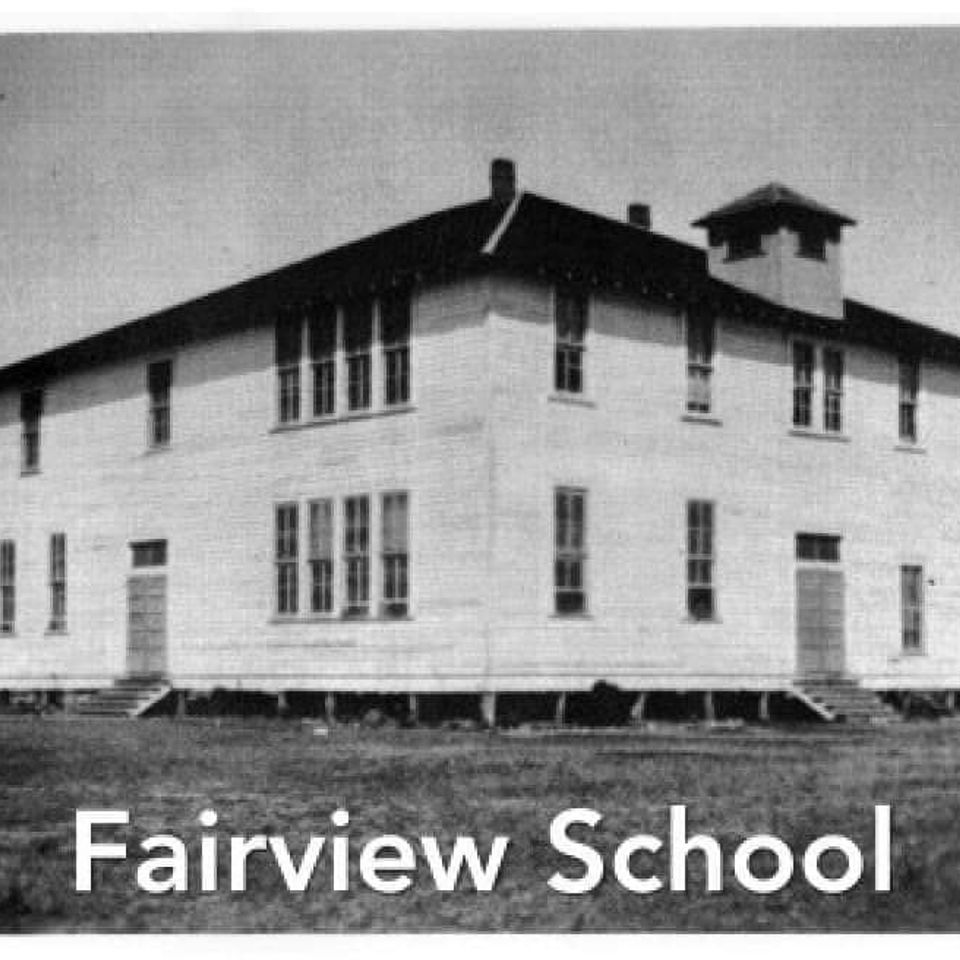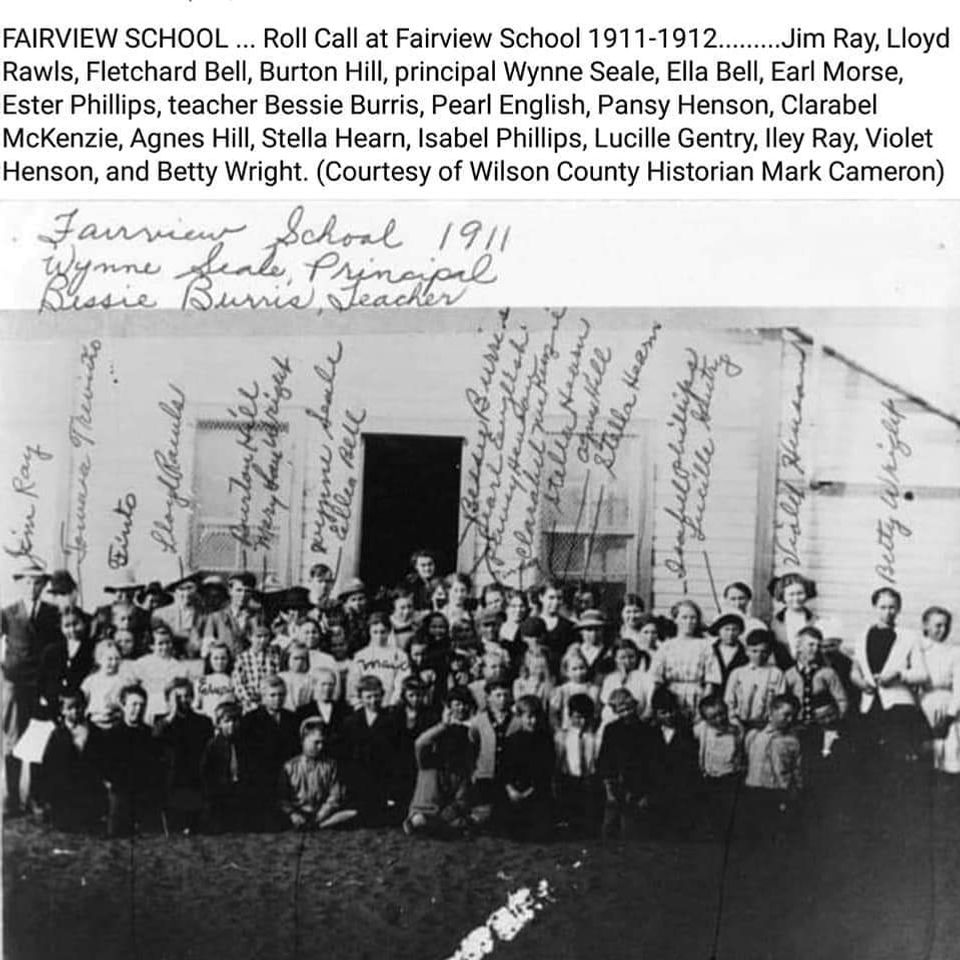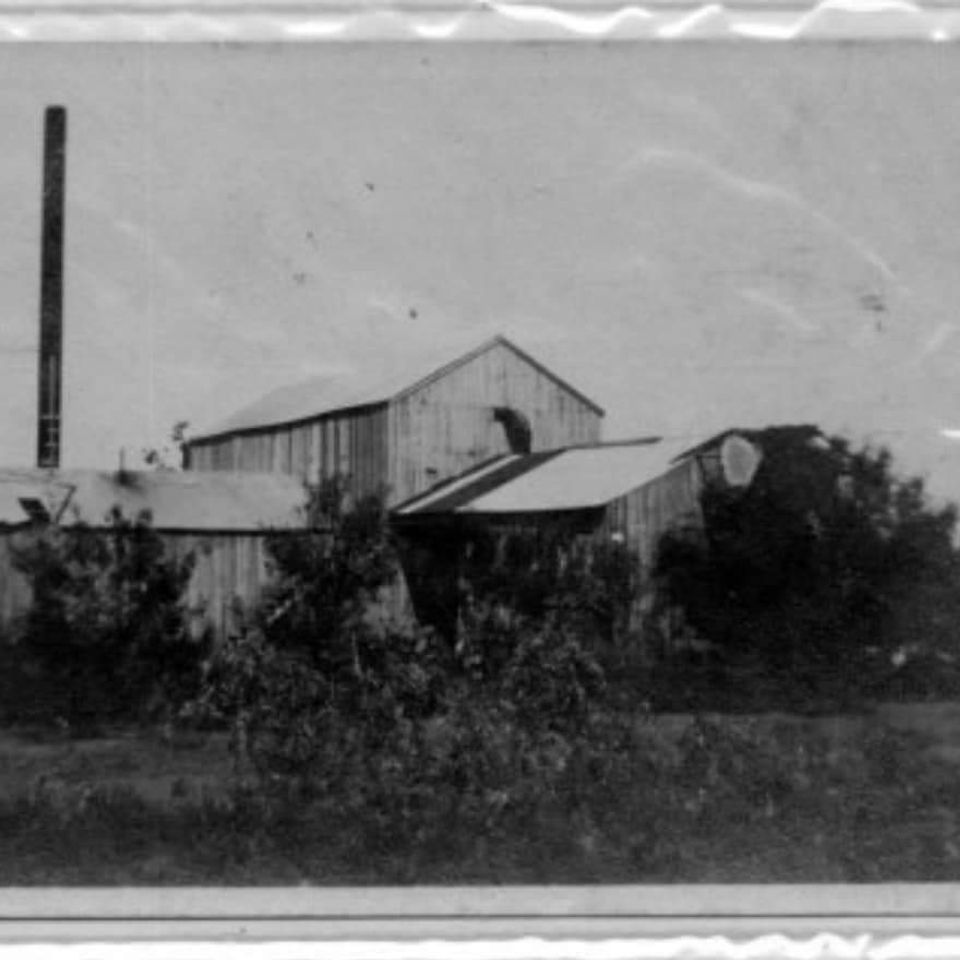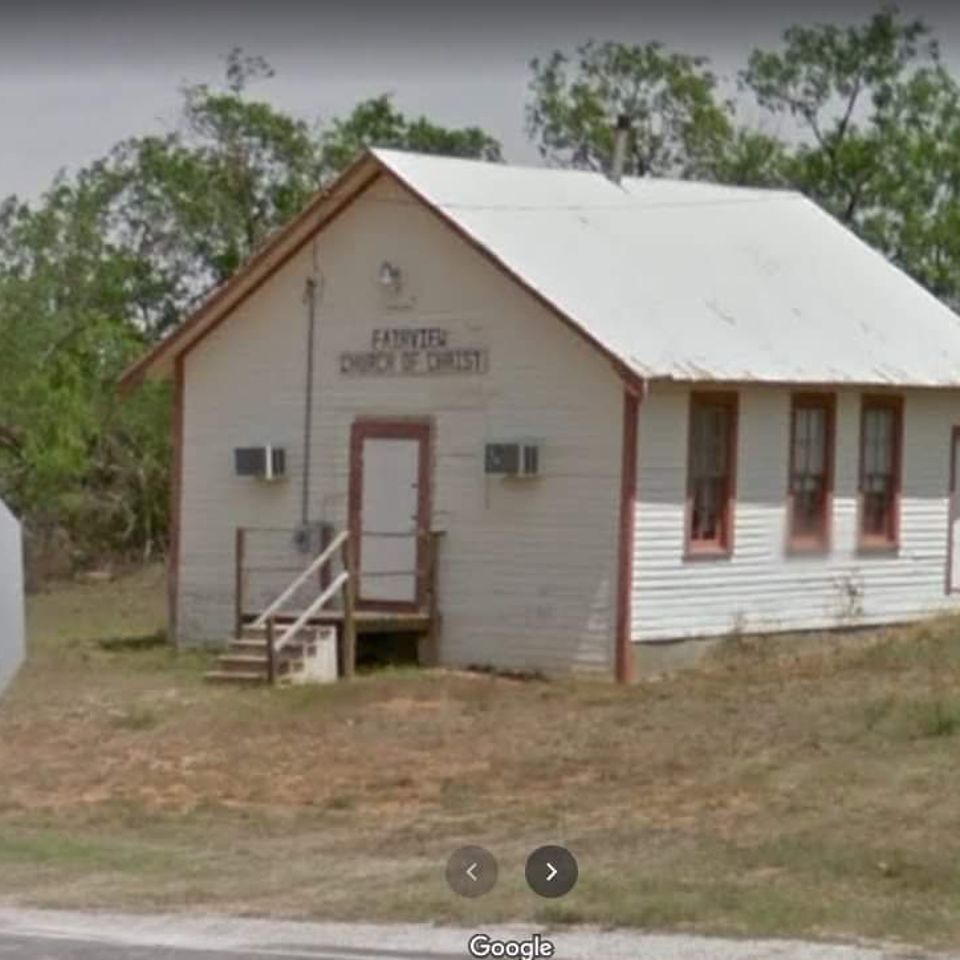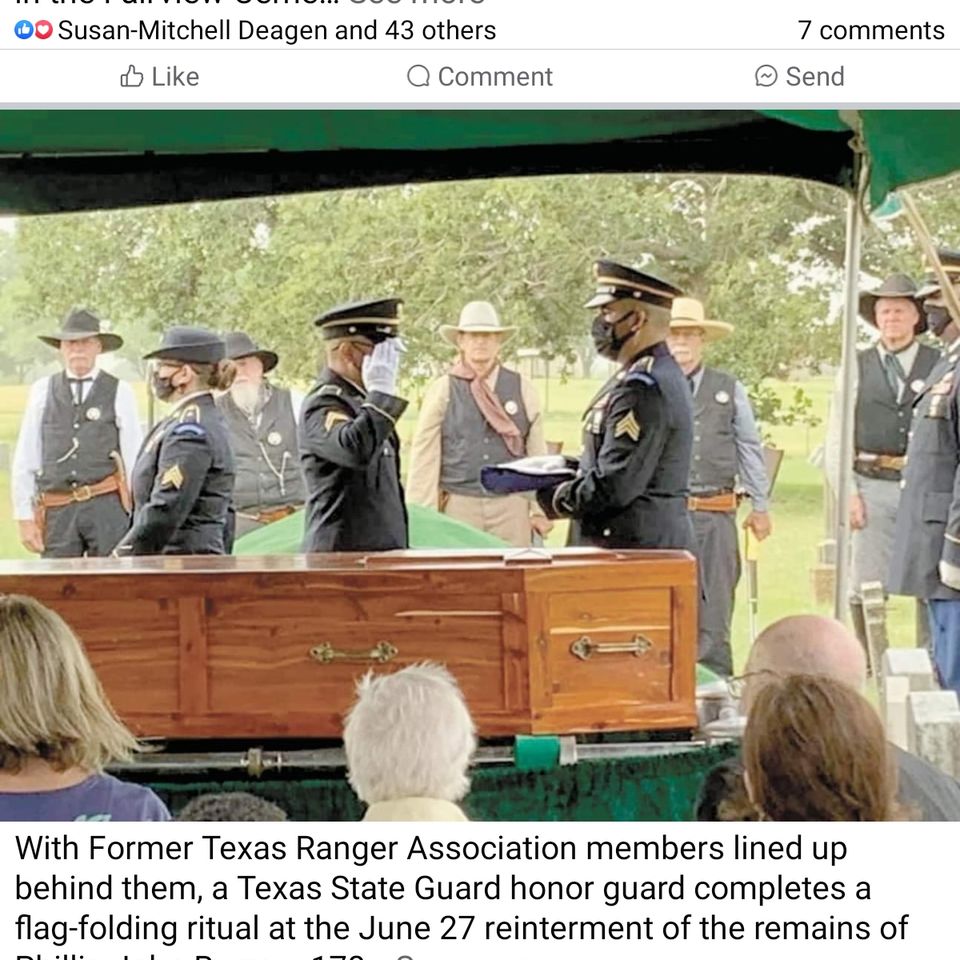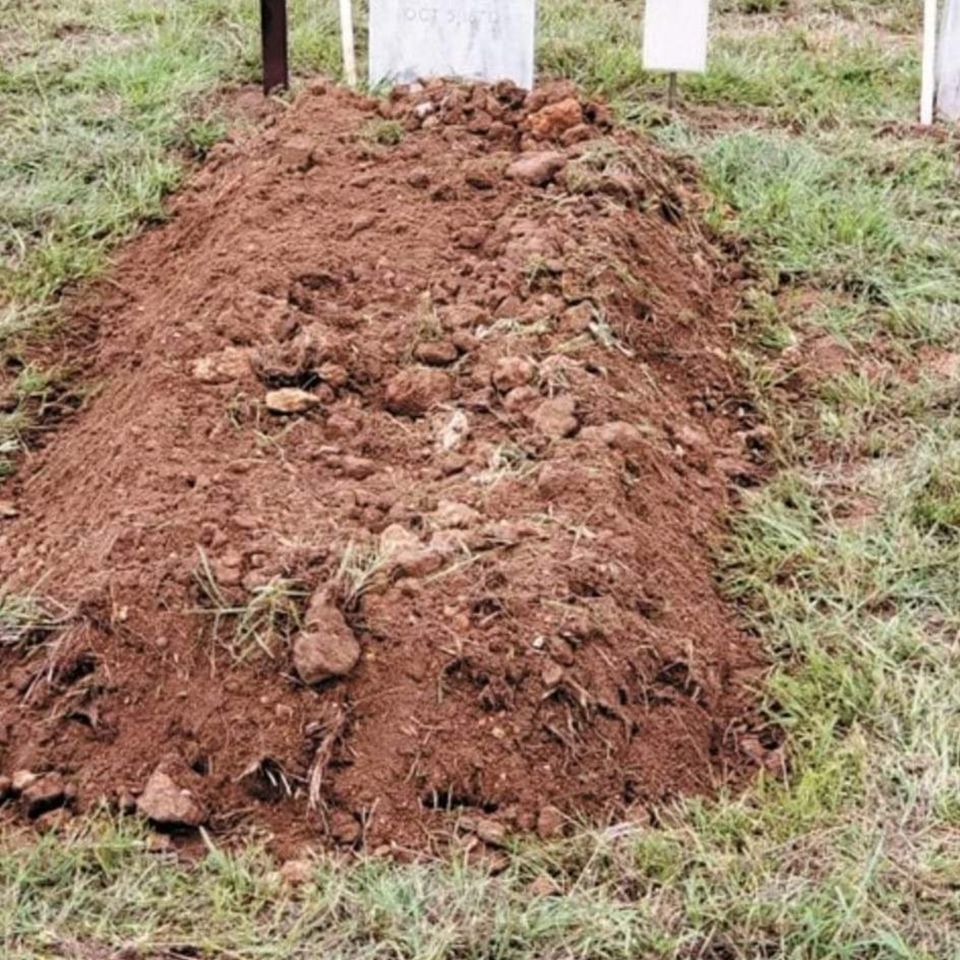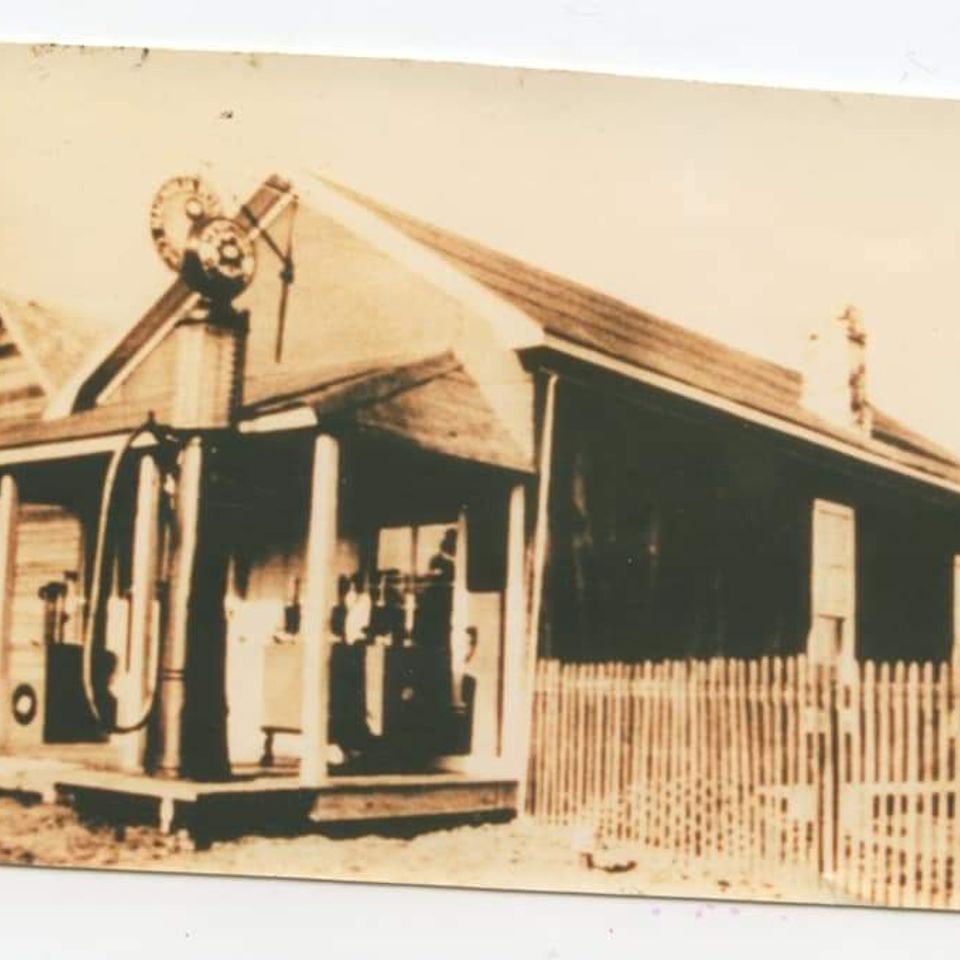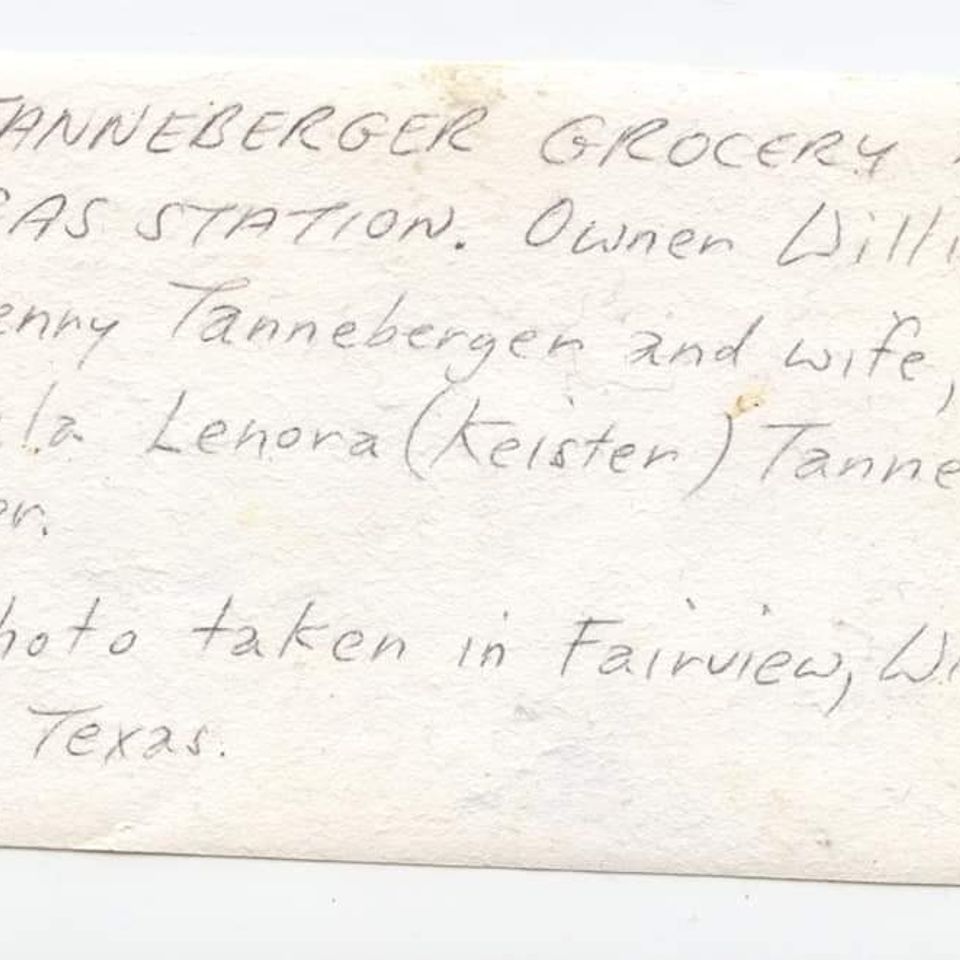Wilson County News
September 10, 2003
... The following is information from the Fairview historical marker that was unveiled at F.M. 536 and F.M. 2505 in 1989:
Near this crossroads was once the flourishing community of Fairview. The village began shortly after the Civil War, when Henry Hudson opened a store on the Old Oakville Road. A post office was established in the store in 1868. Fairview grew to include homes, churches, doctors' offices, a blacksmith shop, cotton gin, public school, Masonic Lodge, and telephone exchange. The area's economy was based on agriculture, and the main crop was cotton. The advent of the boll weevil and other pests which attacked the cotton crop played a large part in the eventual decline of the town following World War I. Fairview was the hometown of twenty-seven Texas peace officers, including twenty Texas Rangers. Among the Rangers was Frank Hamer (1884-1955), who is best remembered for his role in pursuing notorious Depression-era outlaws Bonnie Parker and Clyde Barrow. Still remaining and in use in the area is the Fairview Cemetery, originally called The Rock Church Cemetery due to its position next to a Methodist Church built in the 1870s. With grave markers dating from the 1860s, it is one of the few remaining physical reminders of the town.
The pamphlet of the unveiling ceremony written by Roy L. Swift stated, "In summary, then, it may be said that around 1915-1918, the community had at least two doctors, five stores, a blacksmith shop, a telephone exchange, a gin, a large public school, four churches, and a Masonic Hall."
A unique aspect of the Fairview community is that it produced probably more peace officers than any other community its size or much larger in Texas. Many were Gillilands, Carneses, Webbs, Swifts, and Dials, to name a few.
Roy Swift wrote that the decline of the community was caused not only by the boll weevil epidemic, but also "by the changing face of transportation. It has generally been forgotten that when Fairview came into being, there not only was no improved road into the new county seat at Floresville, but also there was no bridge across the San Antonio River, on the Western side of the original settlement of Lodi. Any passage from the west (Fairview) depended on the vagaries of a primitive ferry, which was often out of commission. Therefore, the early settlers in the western part of the county fell into the habit of ignoring Floresville as a feasible place to trade. As for San Antonio, it was a full day and a half away, to the north, by wagon. The typical Fairview family went into San Antonio twice a year, camping overnight on the Salado Creek, putting up at a San Antonio wagon yard, getting in a day and a half of shopping and trading, followed by a day and a half getting home. That barely gave them time to get ready to go to church on Sunday!
He concluded by saying, "No wonder, under those conditions, that Fairview became sturdily independent in the early years of the century, even introducing a grist mill and its own wagon yard. But, when the advent of the automobile and truck demanded better roads (though long before pavement); when World War I took many of the boys overseas and they had 'seen Paree;' and when the boll weevil, boll worm, and flea hopper syndrome hit the cotton fields, Fairview people were forced to diversify, to move away from a one-crop economy. They turned for a while to watermelons, but that required trucking to outside markets. Fairview as a town declined rapidly in the 1920s; by the end of World War II, there were only two stores, two churches, and a school reduced to offering classes for first and second grade. Today, the only business establishment is a machine and welding shop occupying the last school building; one church stands; and the cemetery prospers." (Roy L. Swift, written in 1988-89.)
